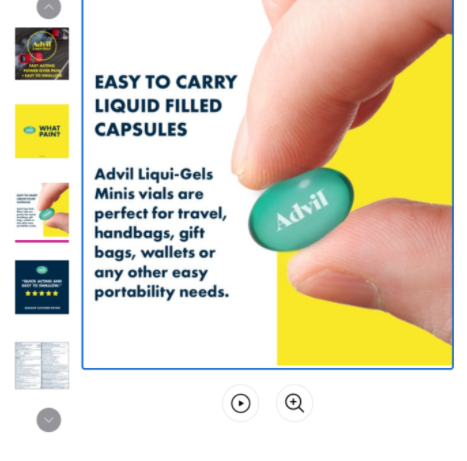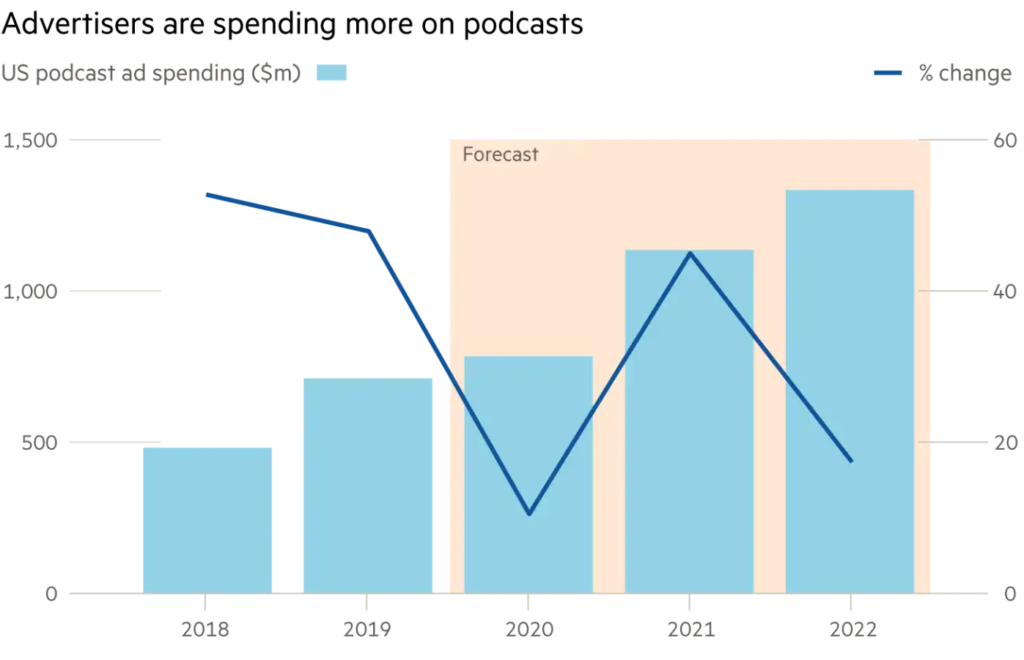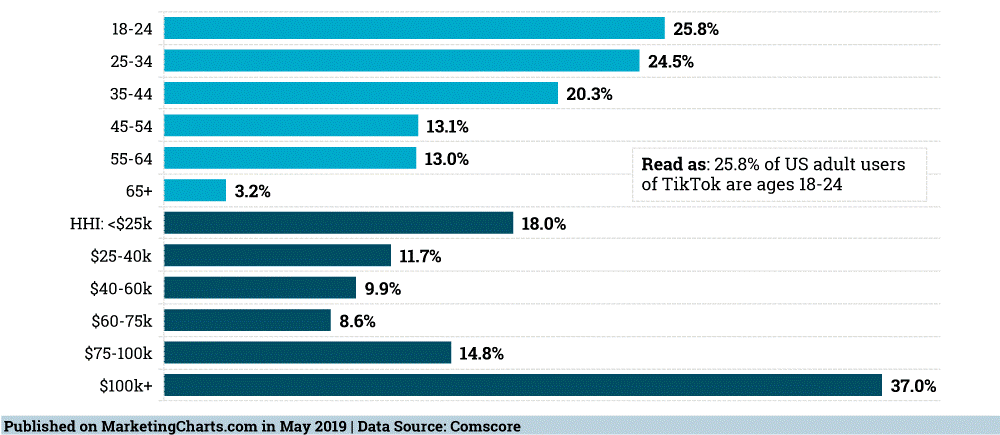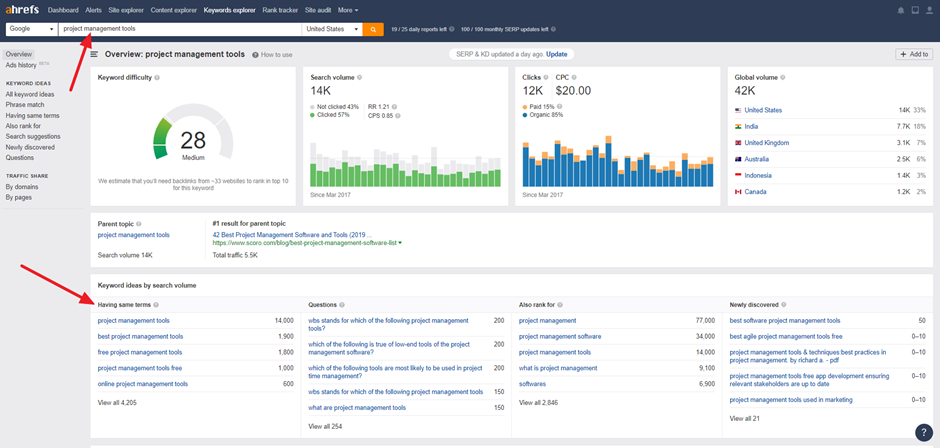Amazon is the leading online retailer in the United States, offering a wide range of shopping products and services to its customer base. According to Statista, in 2017, the Amazon retail market of the U.S. e-commerce retail market was 37 percent, and this is expected to increase significantly by 2021. As of the date of the survey, it has been projected that Amazon’s market share will account for 50 percent of the entire e-commerce retail market’s gross merchandise volume (GMV).
To be able to sell on Amazon you have two options or two different types of accounts: Amazon Seller and Amazon Vendor. With Amazon Seller Central, you sell your products directly to the end customer (DTC). With Amazon Vendor Central, you sell your products directly to Amazon.
Amazon Seller Central is open to any company, SME, or legal self-employed entity with the desire to sell on Amazon, but Amazon Vendor Central is invite-only, from Amazon.
Selling on Amazon opens up infinite possibilities and opportunities to boost your business in online commerce. Being a seller on Amazon allows you to sell your regular catalog of products in its marketplace and also allows you to participate in campaigns where you can offer your most relevant products with great offers to attract the attention of more customers, and one of the best options to publicize.
What is Amazon Seller Central?
Amazon Seller Central is the web interface used by brands and merchants to market and sells their products directly to Amazon’s customers. If you have a Seller Central account, you’re considered a marketplace or third-party seller.
As a marketplace seller, you have two options for fulfilling orders you receive from Amazon’s customers. You can handle the shipping, customer service, and returns for each individual order yourself or you can allow Amazon to handle this for you by enrolling your products in the Fulfilled by Amazon or “FBA” program.
Some brands also use Seller Central as a tool to control the messaging of products not being sold via Vendor Central.
Other features include:
- Open to anyone
- Sell directly to Amazon’s customers
- Flexible logistical options
- Quick payment terms
- Brand controls retail pricing
- Limited advertising options
- Complex sales process
- Enhanced Brand Content
What Is Amazon Vendor Central?
Amazon Vendor Central is the web interface used by manufacturers and distributors. If you sell via Vendor Central, you’re called a first-party seller. You’re acting as a supplier, selling in bulk to Amazon. Registration on Vendor Central is by invitation only.
An indicative sign that a company is selling through Vendor Central is the appearance of the phrase “ships from and sold by Amazon.com.”
Other features include:
- Invite only
- Sell to Amazon
- Fixed logistical options
- Traditional payment terms
- Amazon controls retail pricing
- Multiple advertising options
- Traditional sales process
- A+ content.
Amazon Seller Central vs. Amazon Vendor Central
The fundamental difference between Vendor Central and Seller Central is the channel of product sales. While with Vendor Central, Amazon buys and resells your products to their customers, with Seller Central, you make sales directly to Amazon’s customers. There are significant differences between the two, so it’s important to fully understand the potential opportunities – benefits and drawbacks with each.

Seller Central and Vendor Central on a Libra scale
Sales Mode
If you have a Vendor account, you will become an Amazon provider. Amazon will buy the products directly from you and they will be in charge of selling them to the end customer. As we have already commented, this option is only entered by direct invitation from Amazon. Amazon, like any other customer, chooses who he wants to buy from, if you are the chosen one you will be his supplier, and Amazon will become your customer.
Being Amazon Seller central you sell your products directly to the end user. Amazon will take care of providing you with a “space” on its marketplace. This is the option for most companies, SMEs, and freelancers who want to sell their products through Amazon.
Once you become an Amazon seller, you will use the BackOffice called Seller Central where you can upload your list of products, carry out your own promotions, calculate your shipping costs, you can even access the different European accounts, a very good option for those companies that want to take the step to internationalization without making large investments.
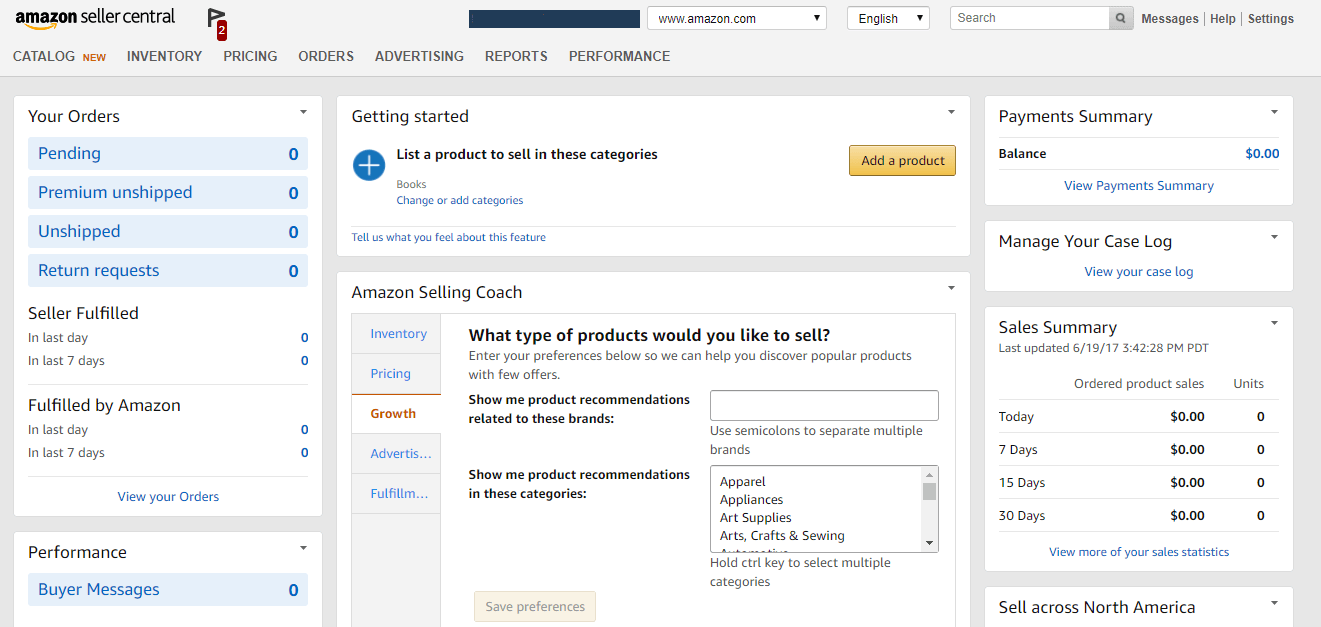
Source: Amazon
Why Choose Amazon Vendor Central?
Consumer Confidence
Having your products sold as a first-party seller through Vendor Central means that, as far as shoppers are concerned, your product is being “sold by Amazon.” That seal of approval can provide a boost in consumer confidence that you don’t have as a third-party merchant.
Expanded Advertising Opportunities
Amazon Advertising gives brands a powerful tool with multiple options for getting their products in front of shoppers. AMS allows vendors to drive demand with keyword-targeted ad campaigns designed to increase traffic to Amazon product pages. While both sellers and vendors have access to AMS, Vendor Central users have more robust options when it comes to running AMS ad campaigns.
Strategically managing campaigns and tying keywords into product page content is crucial for success.
Simplified Business Model
The process of doing business with Amazon is simpler through Vendor Central than through Seller Central. As a vendor, your primary focus is on filling purchase orders, billing, and avoiding chargebacks. As a seller, especially utilizing FBA, you will be responsible for sales reconciliation, lost inventory, and taxation liabilities.
A+ Content and Other Marketing Tools
If you’re selling through Vendor Central, Amazon offers vendors the option to create enhanced content via Amazon A+ Detail Pages. You also have the ability to participate in promotional programs such as Subscribe & Save (Amazon’s subscription service) and Amazon Vine, in which your product is sent to top reviewers before it ever hits the shelves. Consumers value what other consumers have to say far more than they do advertisements, so user-generated content can translate into a sales boost.
Why Choose Amazon Seller Central?
Analytics
Seller Central provides you with significant amounts of consumer data at no charge. As a seller, you have access to Amazon customer data that can be used for multiple purposes. While it is strictly prohibited to remarket to Amazon’s customers, that data can be used to better understand who is buying which products and where.
Pricing Control
As the seller, you have the ability to control retail pricing so you are able to maintain established retail pricing for other channel partners. Also, you are able to automatically match your competitor’s pricing to stay competitive.
Messaging Control
Often, manufacturers discover that their retail partners and/or unknown 3rd Party sellers list and sell bundles or older versions of their products without consent. Typically these listings have limited content and images. The only way to control these unauthorized listings is through a Seller Central account that has been enrolled in Amazon’s brand registry program.
Best Practices and Tips to be an Amazon Seller
If you are going to enter Amazon Seller Central and want to stay on the crest of the wave for a long time, these tips can help you:
- Ensure control of the origin, quality, and operation of your products before uploading them to the listing
- Keep a purchase record of your products and that your suppliers are reliable sources
- Stay up to date with all updates on Amazon seller policies as they may change and you may suffer a seller suspension if you do not update
- Ensure honesty with your buyers with regards to prices and delivery times
- If you find your logistics challenging, use Fulfillment by Amazon (FBA)
- Monitor the performance indicators of your account on a daily basis.


